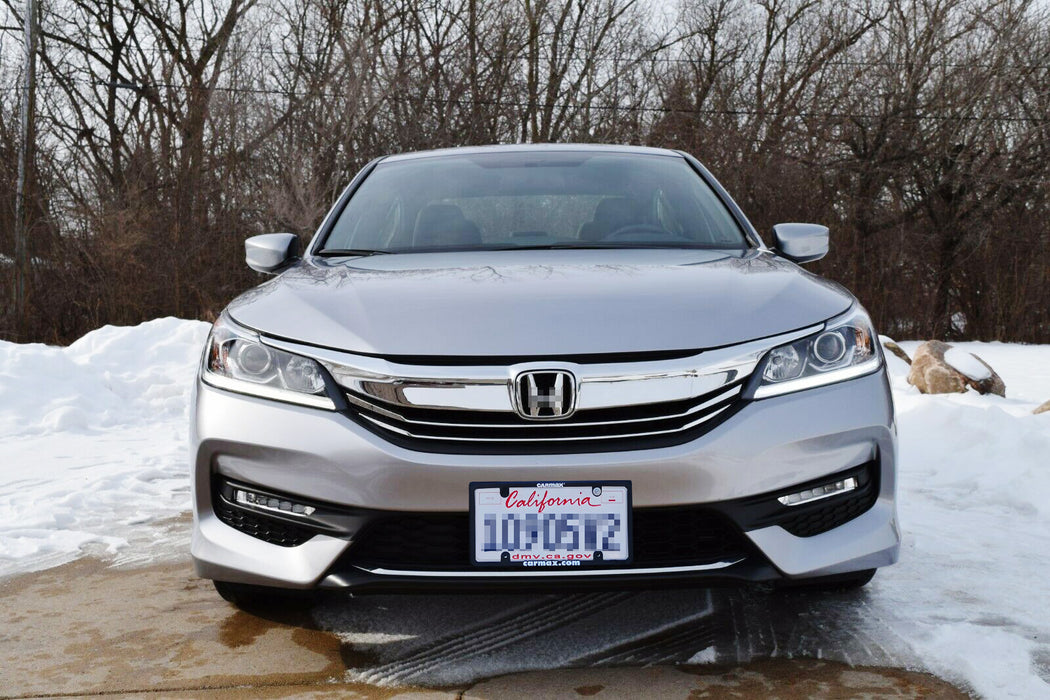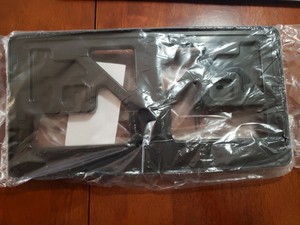

To avoid penalizing automakers before the deadline, the IIHS doesn’t mandate AEB as standard equipment to earn a TSP+.

The major automakers made a voluntary commitment to equip at least 95% of new cars sold with AEB as standard by September of this year. The IIHS predicts the standard technology will prevent 42,000 crashes and cut in half the number of rear-end crashes by 2025. To qualify for a TSP+, cars must have standard headlights that rate at “Acceptable” or “Good” in IIHS testing.Īdditionally, a TSP+ car must earn either “Advanced” or “Superior” ratings in significantly slowing down or avoiding crashes with vehicles and pedestrians in 12-mph and 25-mph tests. An effective automatic emergency braking system minimizes impacts from rear-end collisions, the most common crash, and more sophisticated systems slow or stop cars from hitting objects peripherally, such as a child darting from between parked cars into a street or a car speeding through a perpendicular intersection. “The need for headlight testing emerged due to current regulations allowing too broad a range of headlight performance,” Young said.Īutomakers initially had a tougher time meeting the headlight criteria launched in 2016, but compliance has increased even as the standards have become more rigorous. Unlike the NHTSA safety assessments, the IIHS rates the efficacy of automatic emergency braking systems and headlight visibility. There are other distinctions in ratings between the two crash-test agencies. The IIHS is a nonprofit agency funded by the insurance industry, which has a business case for minimizing the incidence and intensity of car crashes. IIHS’s barrier was designed to replicate an SUV or pickup striking a vehicle, rather than a shorter car.” A big part of that was the changing vehicle fleet, with taller vehicles becoming more popular. “The original IIHS side crash test was designed due to concerns that the government’s side crash test was not capturing all the side crashes that occur in the real world. “Our tests are designed around the types of crashes happening in the real world that may not be reflected by the government’s crash tests,” Joe Young, director of media relations for the IIHS, explained in an interview. Test drive: 2022 Toyota Corolla Cross treads familiar territory Side impact, overall front impact, head restraints, and rollover tests round out that portion of the testing. To earn a TSP+, vehicles must earn top “Good” ratings in all six crash tests, including the driver’s side and passenger’s side tests that simulate hitting a stationary object like a light pole head-on. “By shooting for Top Safety Pick+, automakers are showing that they’re committed to the same goal.” “Our awards make it easy for car buyers to find models that will protect them in a crash and increase the odds they’ll never be in one,” IIHS President David Harkey said in a statement. The ratings also encourage automakers to make safer cars. Much like the five-star NCAP safety ratings overseen by the NHTSA, the TSP designations are meant to streamline safety tests to give car shoppers a standardized baseline when assessing cars. Only seven domestic models out of 69 earned a 2022 TSP+, while two pickup trucks, the Ram 1500 and Ford F-150, picked up TSP nods. Hyundai Motor Group, the parent company of Hyundai, Kia, and Genesis, earned the most total safety picks, with 11 TSP+ and 10 TSP awards. Mazda becomes premium brand with launch of new CX50Įvery 2022 Volvo and Genesis model earned a TSP+, marking a rare sweep for the brands, though it’s easier to accomplish with lineups that consist of only five key models.


 0 kommentar(er)
0 kommentar(er)
